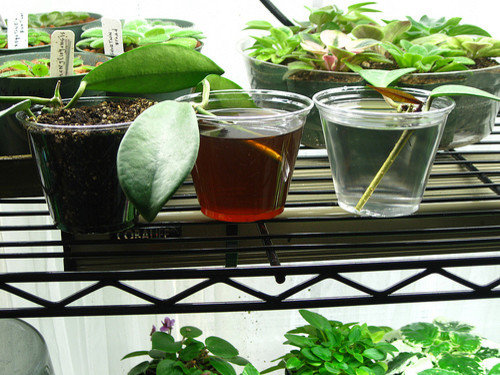Light/Dark: an experiment
greedygh0st
12 years ago
Related Stories

LIFEThe Good House: An Experience to Remember
A home that enriches us is more than something we own. It invites meaningful experiences and connections
Full Story
MOST POPULARExperience the Holidays at Frank Lloyd Wright's Home and Studio
Handmade decorations, greenery and gifts show how the famed architect and his family celebrated Christmas in their Oak Park home
Full Story
MORE ROOMSHow to Get a Big Movie Experience In a Smaller Space
Take a lesson from the fabrics, color and sound systems found in over-the-top media rooms
Full Story
HOLIDAY HOME TOURSExperience a Victorian Christmas at the Gibson House
Step back in time into the extravagant and carefully preserved Boston residence of a wealthy widow, decorated elegantly for the holidays
Full Story
DECORATING GUIDESDark Curtains See the Light
For a cozy feel or a visual trick for ceilings and windows, dark, moody curtains and drapery treatments have a bright outlook
Full Story
REMODELING GUIDESA Dark Atlanta Attic Welcomes a Light-Filled Bathroom
From architecturally quirky attic to sunny bathroom, this renovated space now has everything a growing family could need
Full Story
FUN HOUZZThe Case for a Glow-in-the-Dark Home
These fanciful, fun and functional ideas will have you lighting up your home in new and unexpected ways ... and not just at Christmastime
Full Story
FEEL-GOOD HOME10 Essentials for Enjoying a Spa-Like Experience at Home
These ingredients will help create a bathroom setting conducive to relaxation
Full Story
THE ART OF ARCHITECTUREExperience Your New Home — Before You Build It
Photorealistic renderings can give you a clearer picture of the house you're planning before you take the leap
Full Story
REMODELING GUIDESJust Passing Through: How to Make Passageways an Experience
Create a real transition between realms and interest along the way with archways, recesses, shelves and more
Full Story






kukka
kukka
Related Professionals
Byram Landscape Contractors · Concord Landscape Contractors · Danvers Landscape Contractors · Fuquay-Varina Landscape Contractors · Haverhill Landscape Contractors · Hilton Head Island Landscape Contractors · Holtsville Landscape Contractors · Long Branch Landscape Contractors · Peoria Landscape Contractors · Salmon Creek Landscape Contractors · St. Louis Landscape Contractors · Tavares Landscape Contractors · Vashon Landscape Contractors · Woodburn Landscape Contractors · Reston Driveway Installation & Maintenancegreedygh0stOriginal Author
puglvr1
mdahms1979
greedygh0stOriginal Author
User
greedygh0stOriginal Author
kukka
greedygh0stOriginal Author
kukka